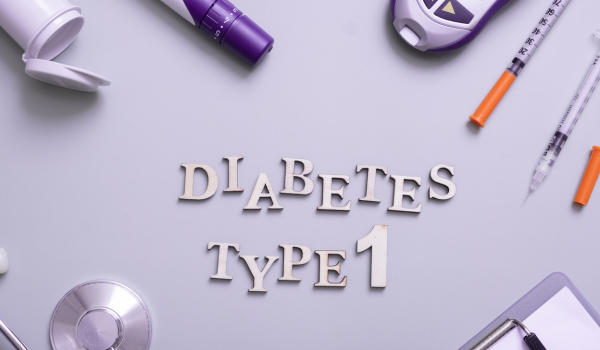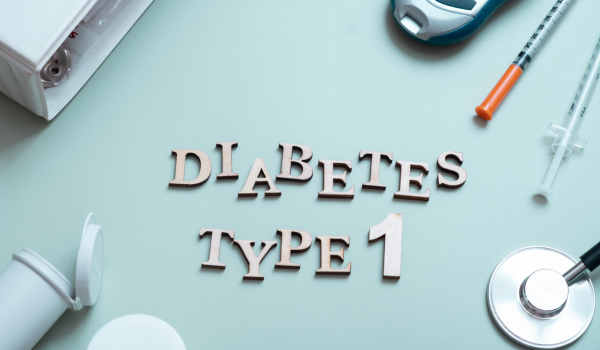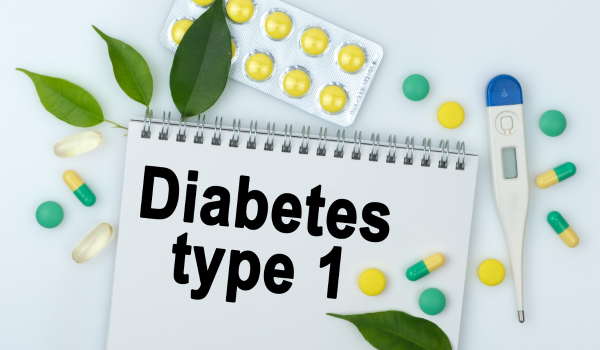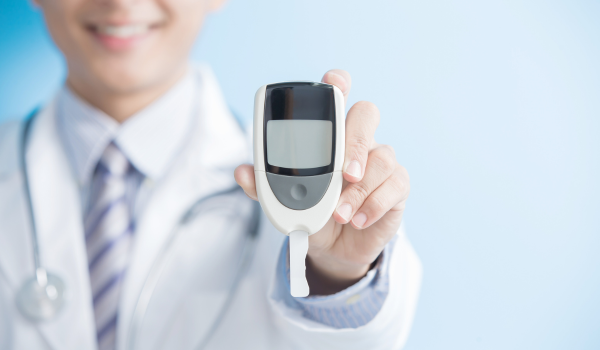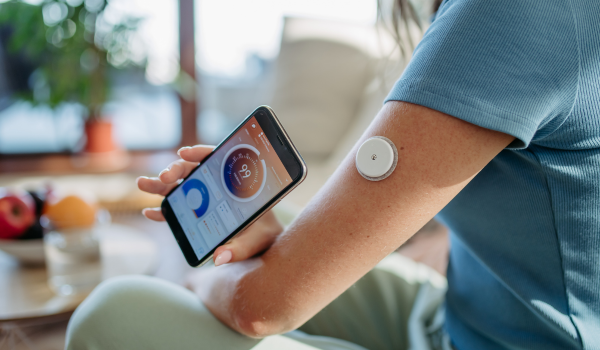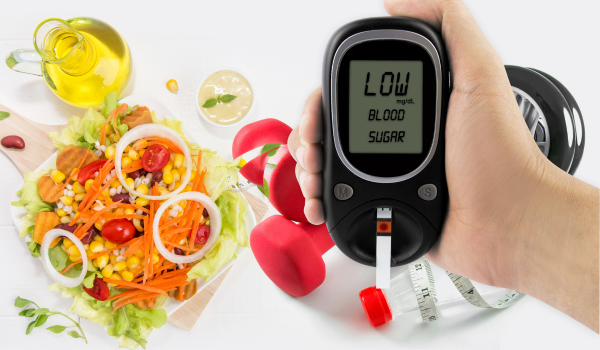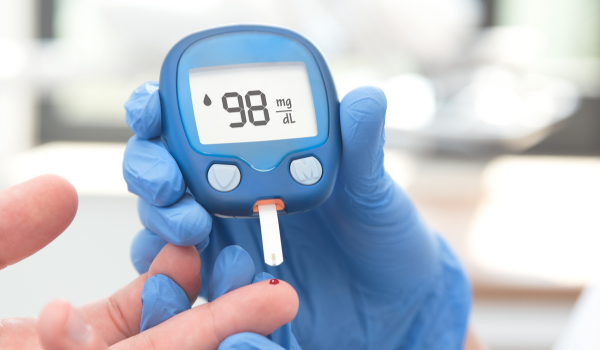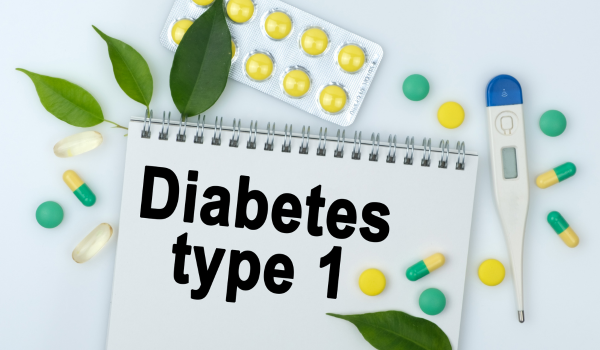
Myth: Only Children Get It
A common misconception is that type 1 diabetes is exclusively a childhood disease. While it is true that many cases are diagnosed in children and adolescents, adults can also develop type 1 diabetes.
In fact, some people are diagnosed well into their 30s, 40s, or even later. This form, sometimes called latent autoimmune diabetes in adults (LADA), progresses more slowly but still requires insulin.
Fact: Type 1 diabetes can occur at any age. It is not limited to children, though pediatric cases are often the most visible.
Myth: It’s Caused by Sugar
Many people mistakenly believe that eating too much sugar causes type 1 diabetes. This myth likely comes from confusion with type 2 diabetes, where diet plays a major role in risk.
Type 1 diabetes, however, is an autoimmune disease. The immune system attacks the insulin-producing cells of the pancreas. Diet, including sugar intake, does not cause this autoimmune response.
Fact: Type 1 diabetes is not caused by sugar consumption. It results from genetic and environmental factors triggering autoimmunity.
Myth: It Can Be Prevented
Because type 2 diabetes can often be delayed or prevented with lifestyle changes, people sometimes assume the same is true for type 1 diabetes. Unfortunately, this is not the case.
No diet, exercise program, or healthy lifestyle can prevent the autoimmune attack that destroys pancreatic beta cells.
Fact: Type 1 diabetes cannot be prevented. Early detection can reduce complications, but prevention is currently not possible.
Myth: It’s the Same as Type 2
Type 1 and type 2 diabetes are often grouped together under “diabetes,” but they are very different conditions.
-
Type 1 is an autoimmune disease.
-
Type 2 involves insulin resistance and is often linked to lifestyle factors.
The treatments, causes, and risk factors differ, making it important not to confuse the two.
Fact: Type 1 and type 2 diabetes are distinct conditions with different origins and management needs.
Myth: People Don’t Need Insulin All the Time
Some believe that people with type 1 diabetes can control their condition with diet and exercise alone. While healthy habits are important, insulin is absolutely necessary for survival.
Without insulin, blood sugar rises uncontrollably, leading to diabetic ketoacidosis, coma, and death.
Fact: People with type 1 diabetes need insulin every day, either through injections or insulin pumps.
Myth: It’s Rare
Because type 1 diabetes is less common than type 2, many assume it’s extremely rare. While it accounts for only 5–10% of diabetes cases, it affects millions of people worldwide.
Fact: Type 1 diabetes is not rare—it is a significant global health concern, especially in children and young adults.
Myth: People With Type 1 Can’t Eat Carbs
Another myth is that people with type 1 diabetes must avoid all carbohydrates. While carb intake affects blood sugar, completely eliminating carbs is neither necessary nor healthy.
With proper insulin management and blood sugar monitoring, people with type 1 can enjoy a balanced diet, including carbohydrates.
Fact: People with type 1 diabetes can eat carbs, but they must match insulin doses to carb intake carefully.
Myth: It Means a Short Life
Some still believe that a diagnosis of type 1 diabetes is a death sentence or guarantees a short lifespan. Decades ago, before insulin therapy, this was sadly true.
Today, with advanced insulin delivery systems, continuous glucose monitors, and better medical care, people with type 1 diabetes can live long, fulfilling lives.
Fact: With good management, people with type 1 diabetes can have normal life expectancy.
Myth: Exercise Is Dangerous
Exercise can lower blood sugar, leading some to think it’s unsafe for people with type 1 diabetes. While it does require careful planning and monitoring, physical activity is not only safe but highly beneficial.
Exercise improves insulin sensitivity, heart health, and overall well-being. Adjusting insulin doses and carb intake allows safe participation in almost any activity.
Fact: People with type 1 diabetes can and should exercise, with proper precautions.
Myth: Stress Causes It
Stress can influence blood sugar levels, but it does not cause type 1 diabetes. The disease develops because of an autoimmune attack, not psychological or emotional stress.
Fact: Stress may affect blood sugar control but does not cause type 1 diabetes.
Myth: Technology Makes It Easy
Advancements like insulin pumps and continuous glucose monitors (CGMs) have revolutionized diabetes management. However, they do not eliminate the burden of type 1 diabetes.
People must still count carbs, monitor glucose, adjust insulin, and remain vigilant daily. Technology makes management easier, but it does not make the disease simple.
Fact: Technology is helpful but does not remove the daily challenges of type 1 diabetes.
Myth: It’s Contagious
Some mistakenly believe diabetes can spread like a cold or infection. This is false.
Type 1 diabetes is not caused by a germ or virus that can be transmitted from one person to another. While viral infections may play a role in triggering the disease in genetically susceptible people, the condition itself is not contagious.
Fact: Type 1 diabetes cannot be caught or passed from person to person.
Myth: People Can Stop Insulin When They Feel Better
Because insulin relieves symptoms, some think they can stop once they feel healthy again. This is dangerous.
Stopping insulin leads to immediate blood sugar rise and the risk of life-threatening ketoacidosis.
Fact: Insulin is a lifelong requirement for people with type 1 diabetes, regardless of how they feel day to day.
Myth: All Types Are the Same
Beyond type 1 and type 2, there are other forms of diabetes, including gestational diabetes and rare genetic types. Assuming all diabetes is the same oversimplifies the condition and can lead to misunderstanding.
Fact: Diabetes is a group of conditions, and type 1 has unique causes, treatments, and risks.
The Truth Matters
Myths create stigma, misunderstanding, and barriers to proper care. By replacing misconceptions with facts, we can promote empathy, support, and better health outcomes for people with type 1 diabetes.
Awareness is powerful. When communities understand the realities of type 1 diabetes, they can provide better support and reduce the isolation often felt by those living with the condition.



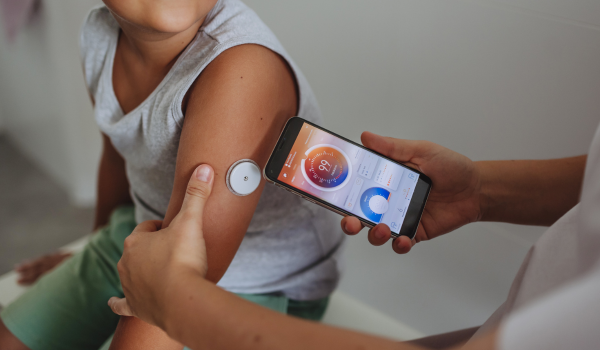





.png)
